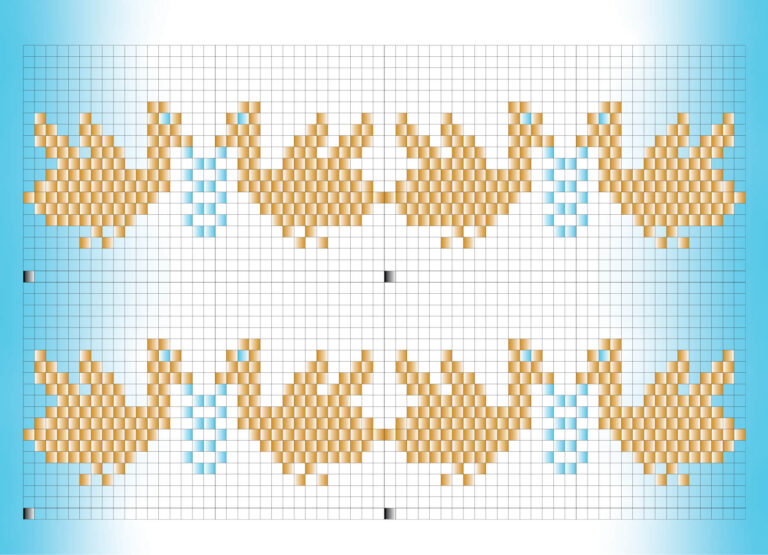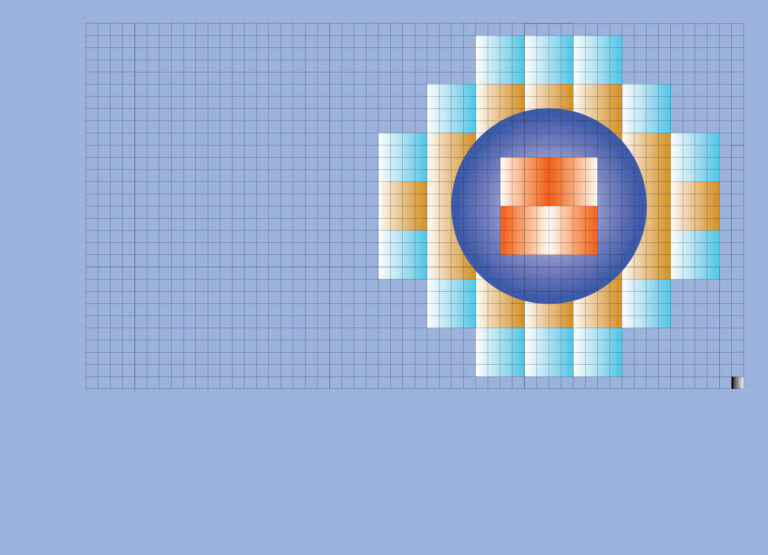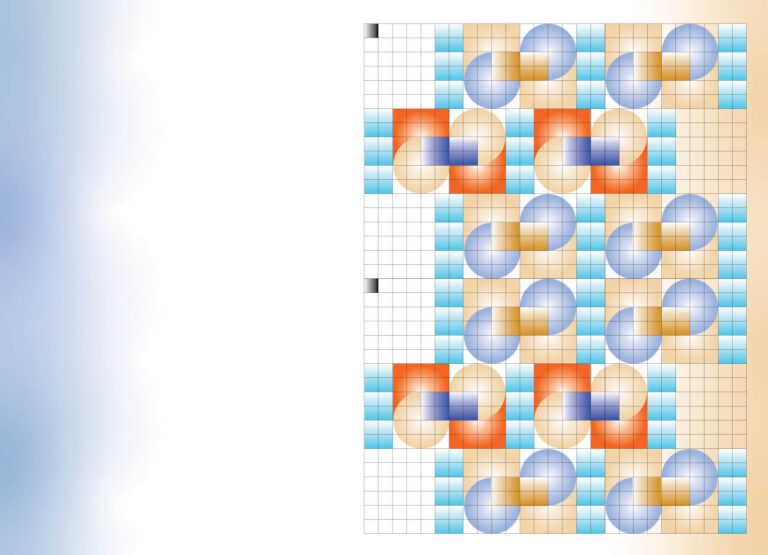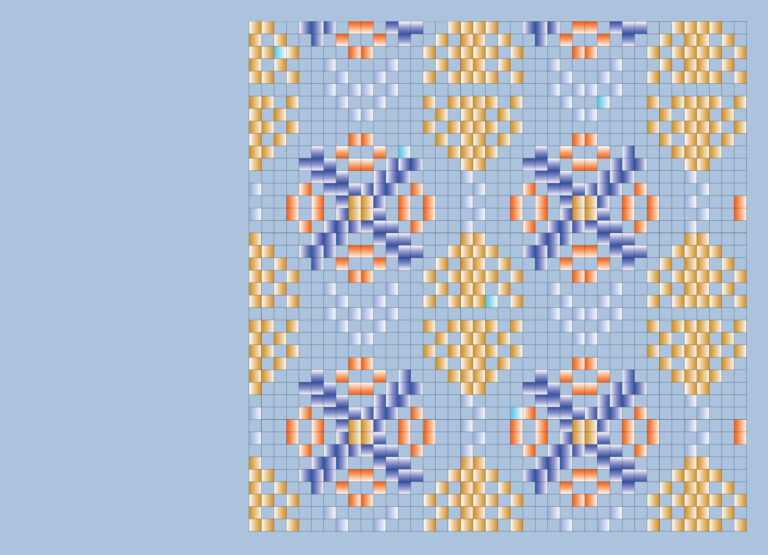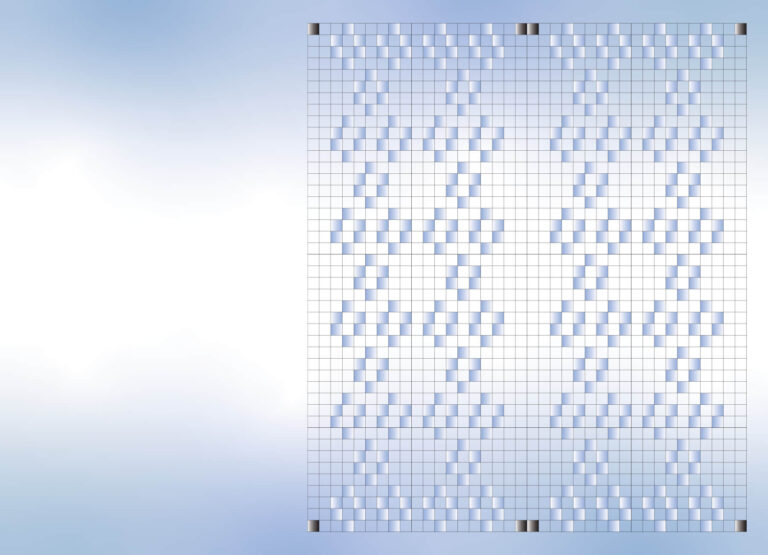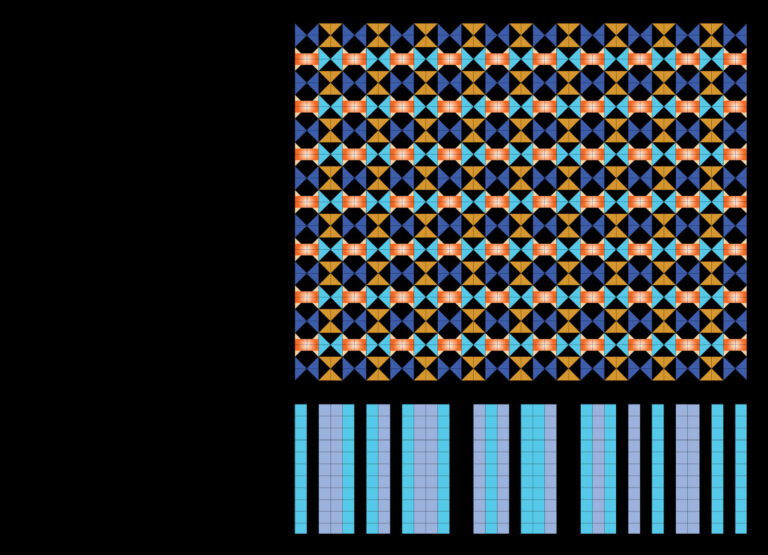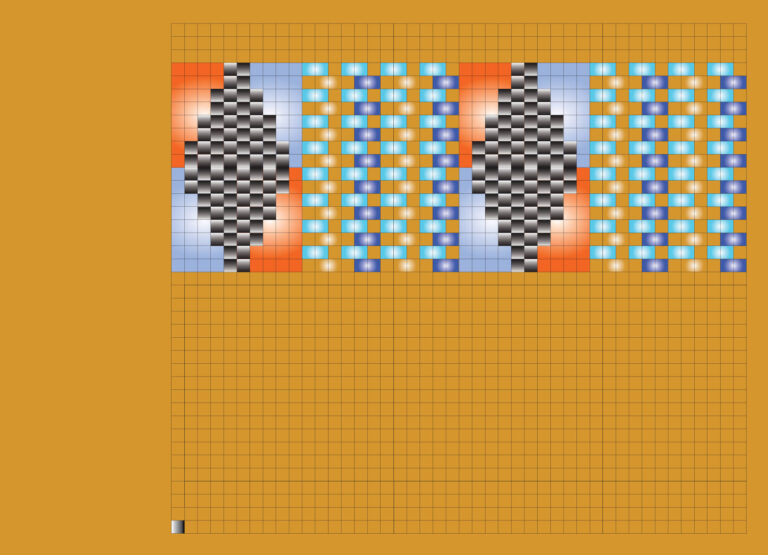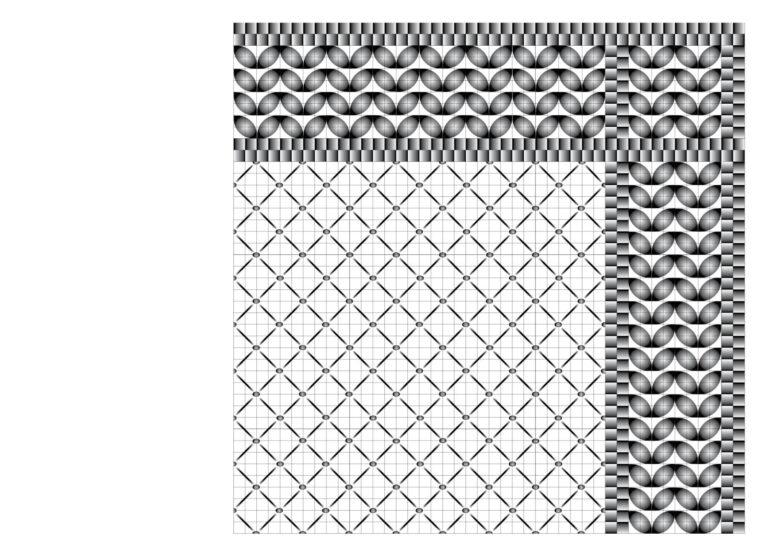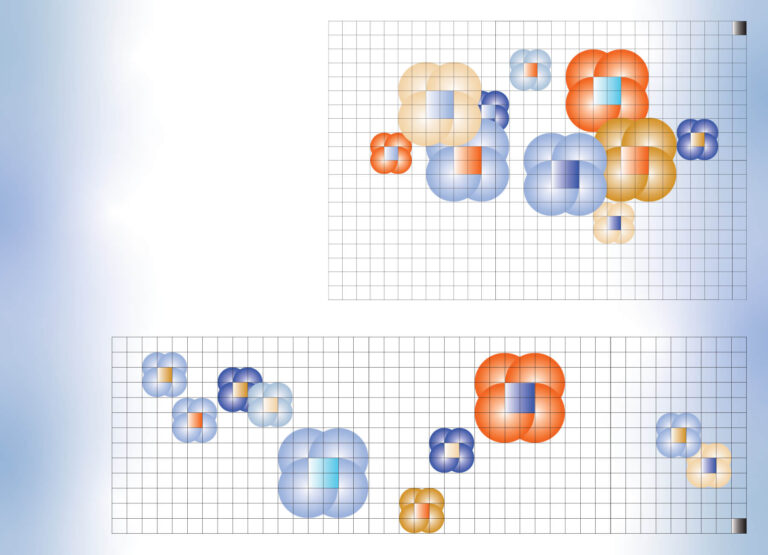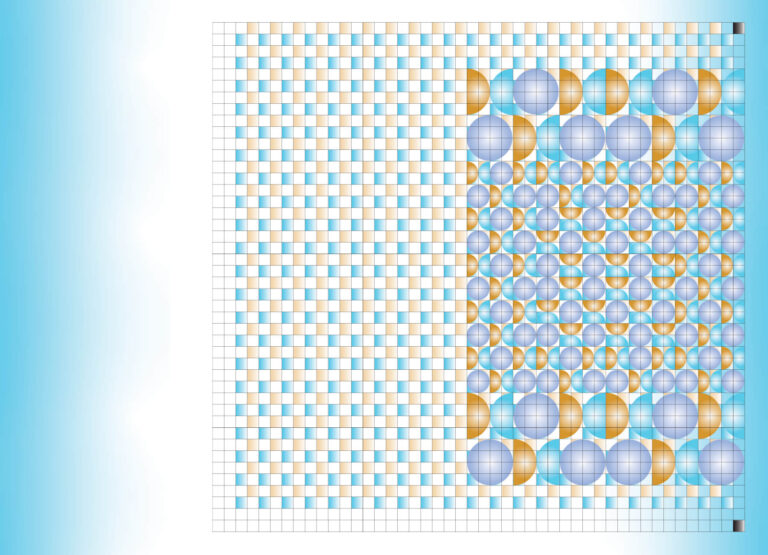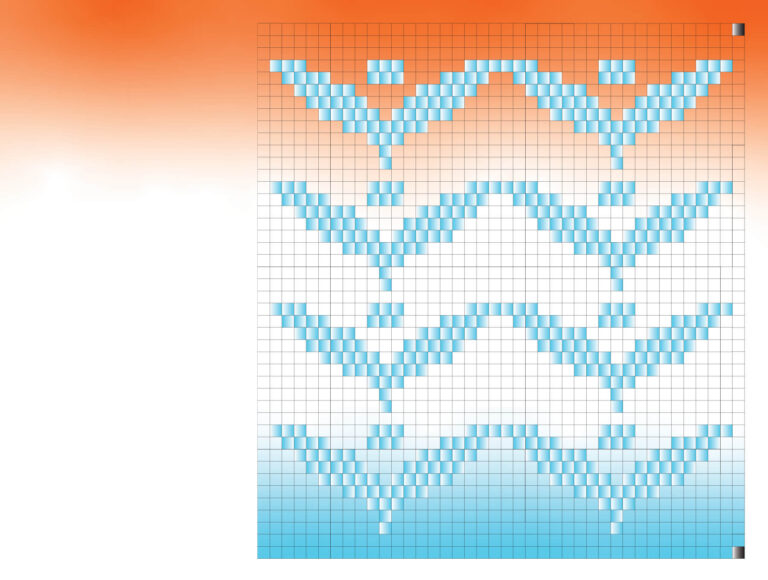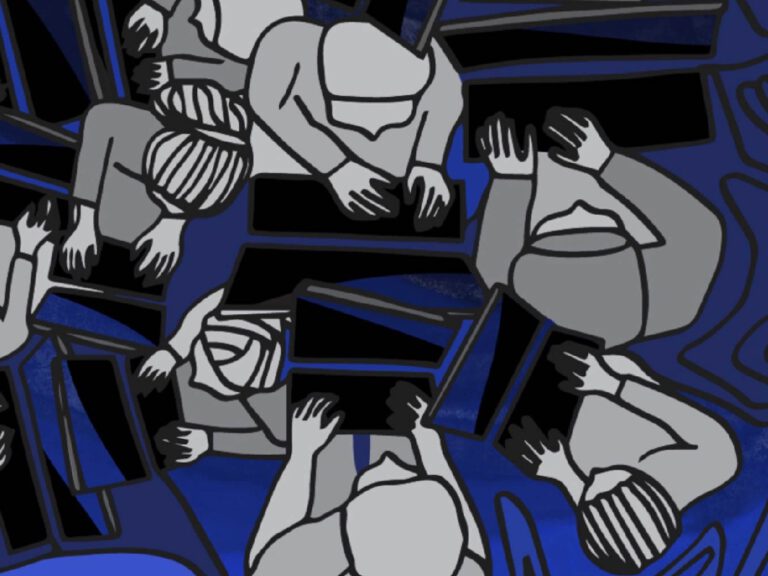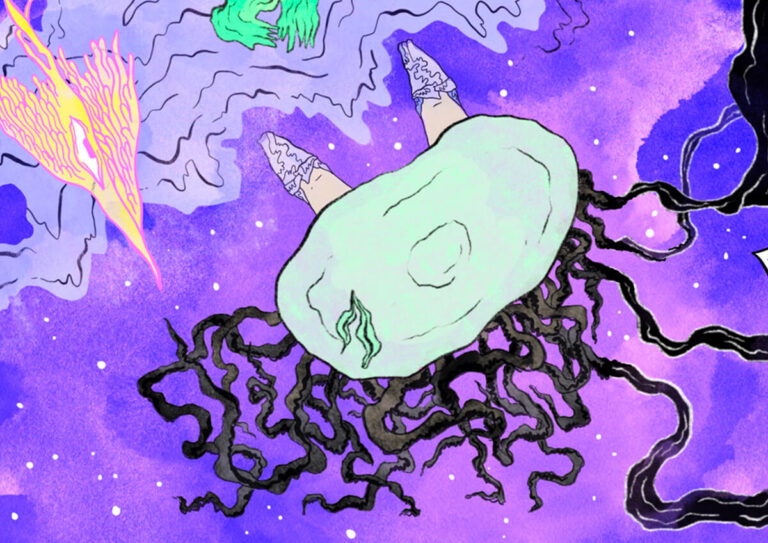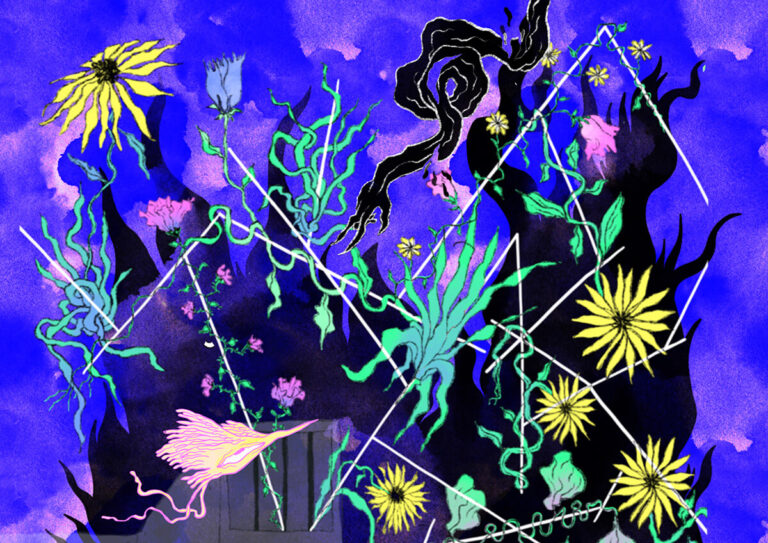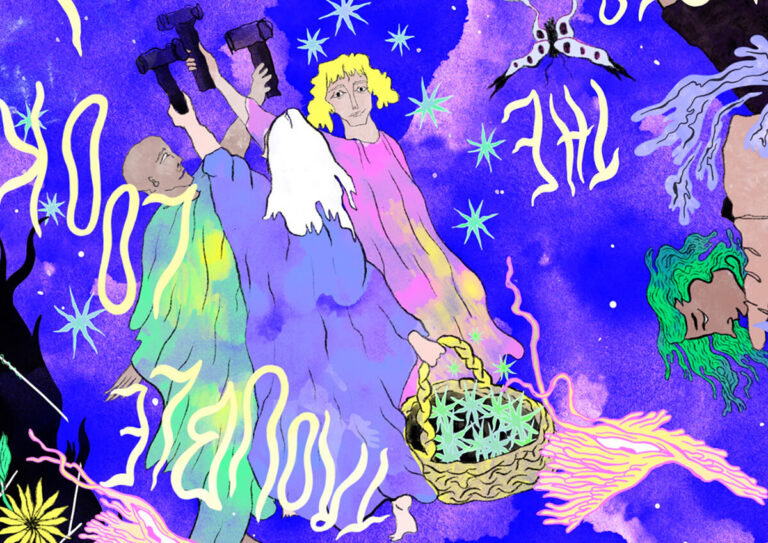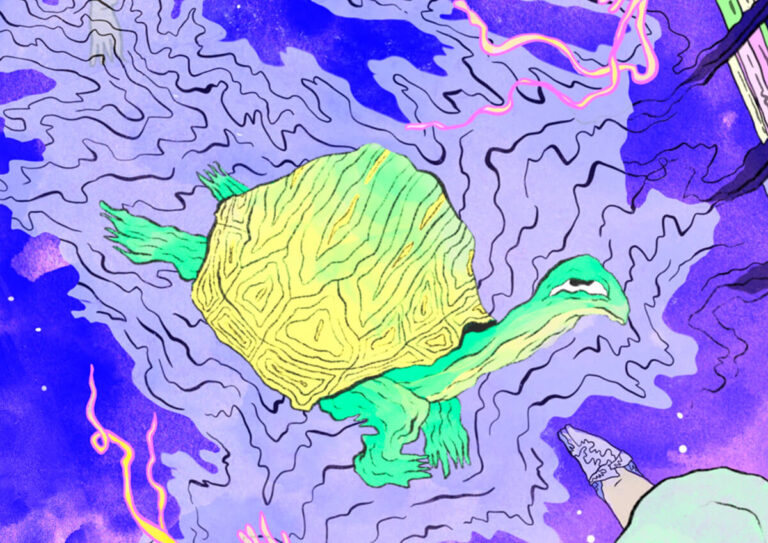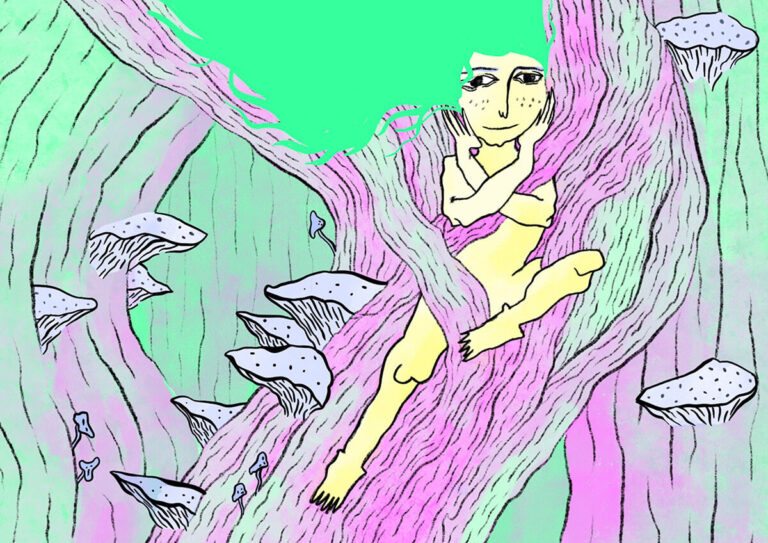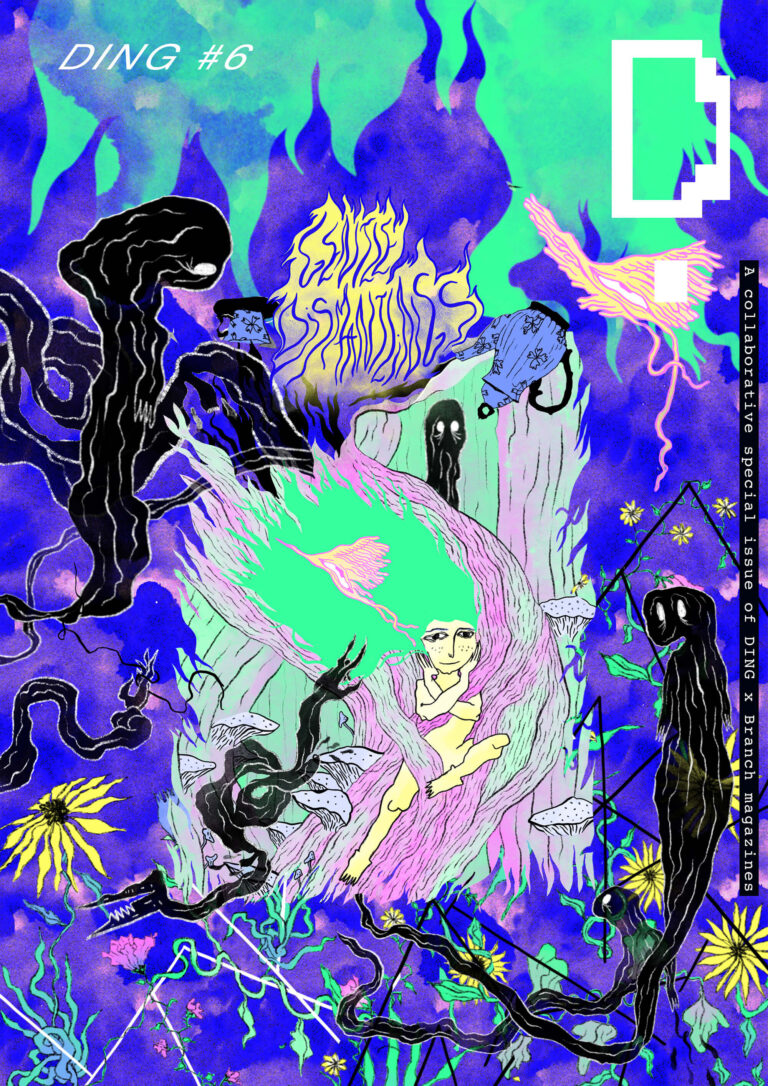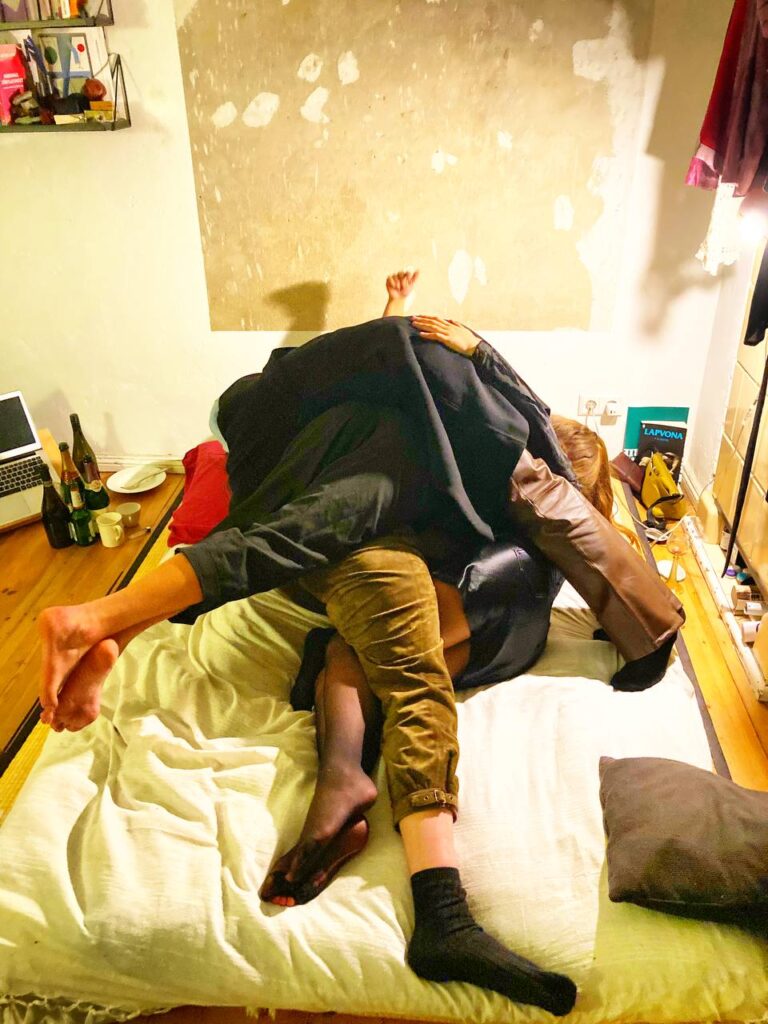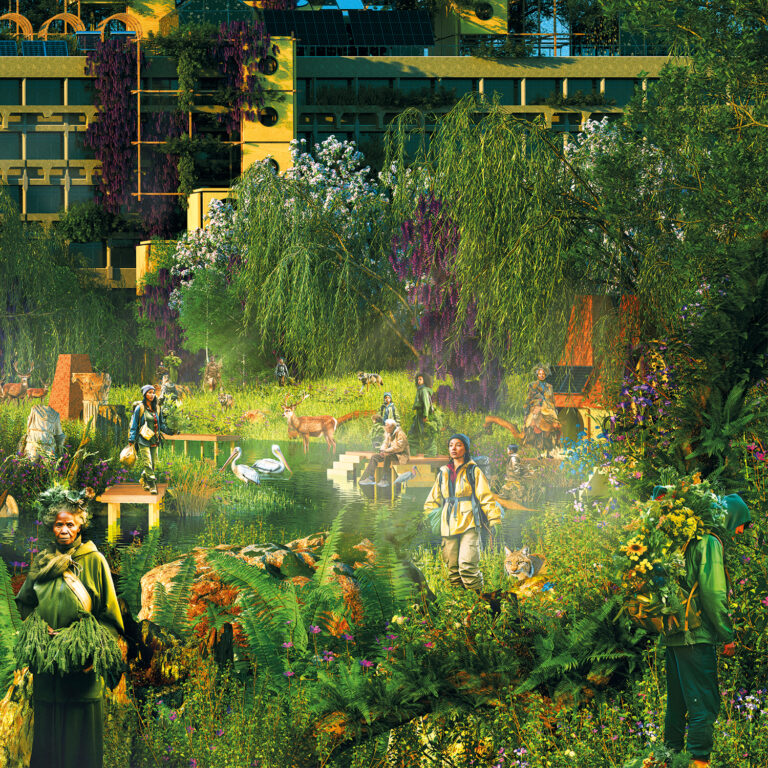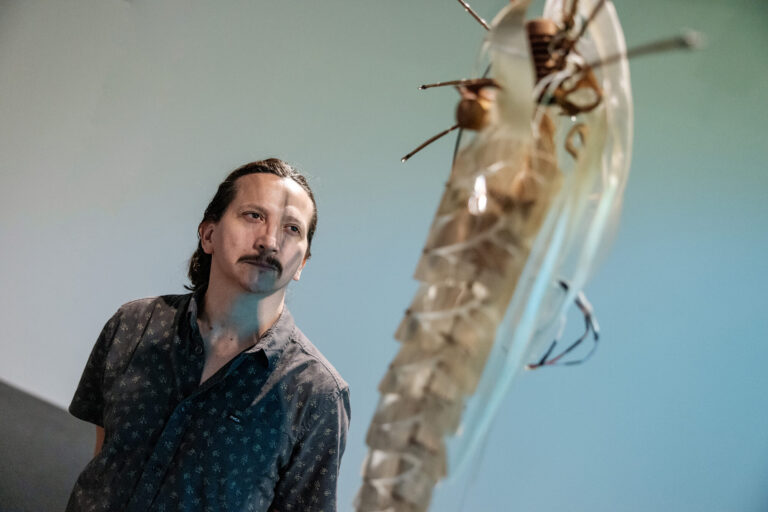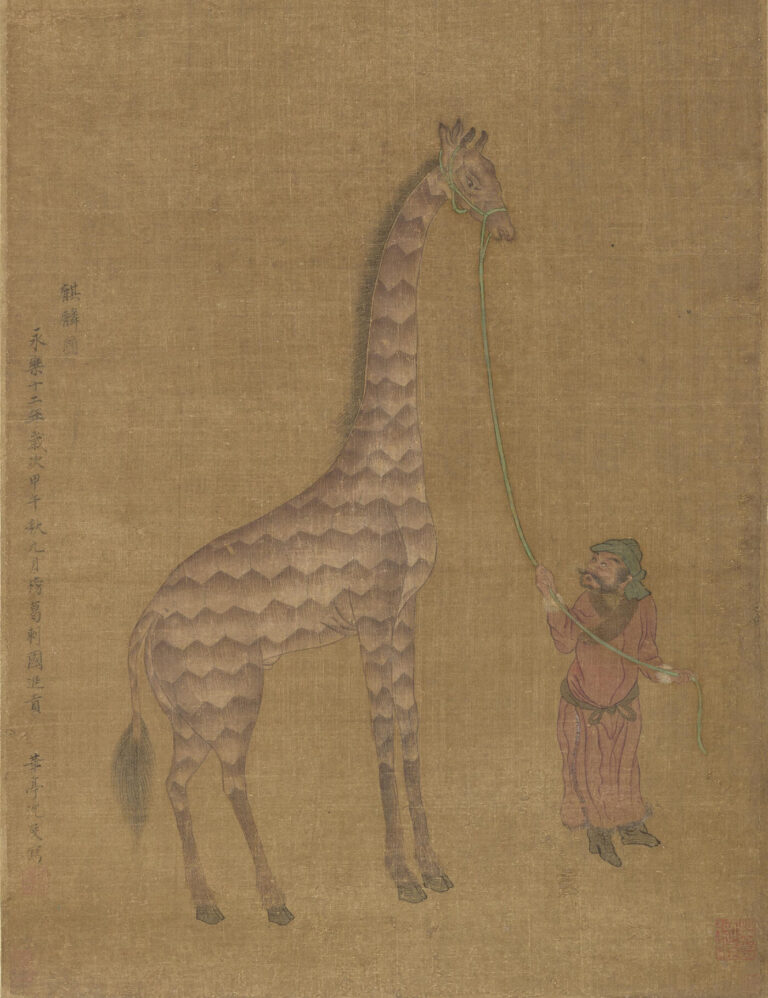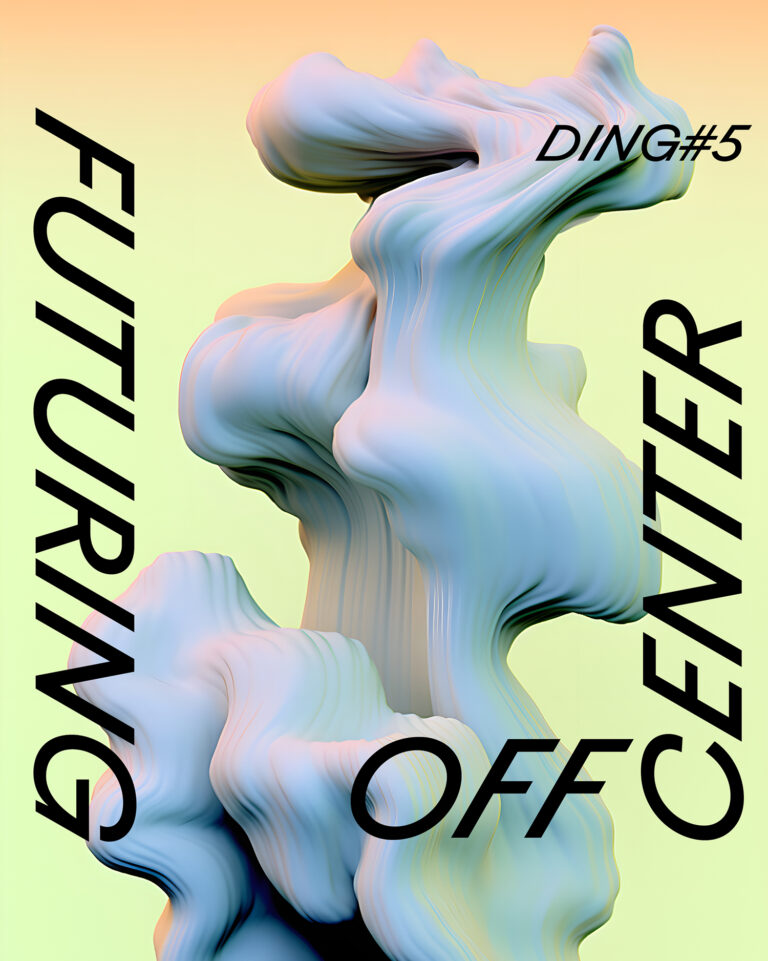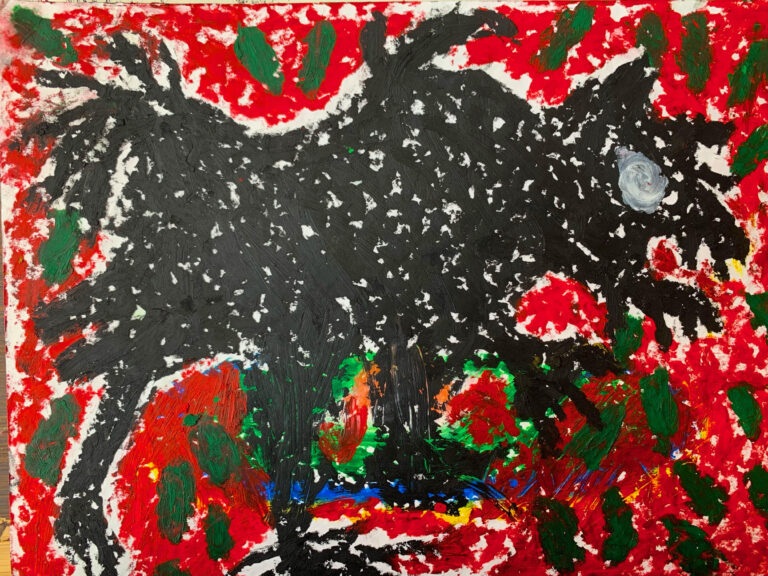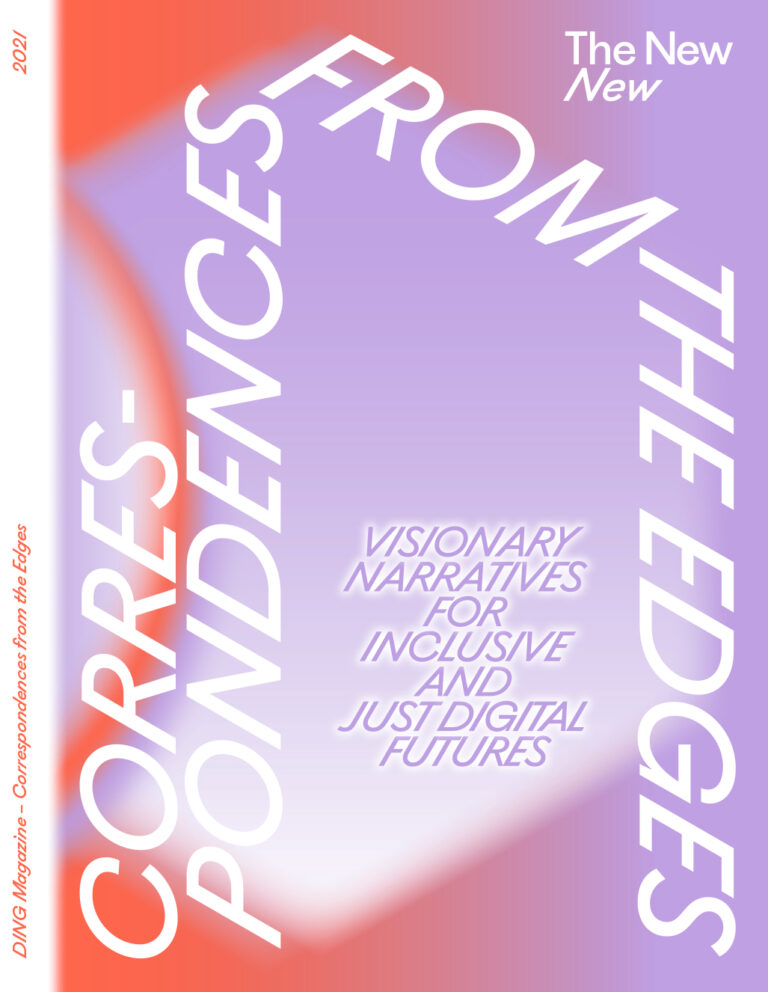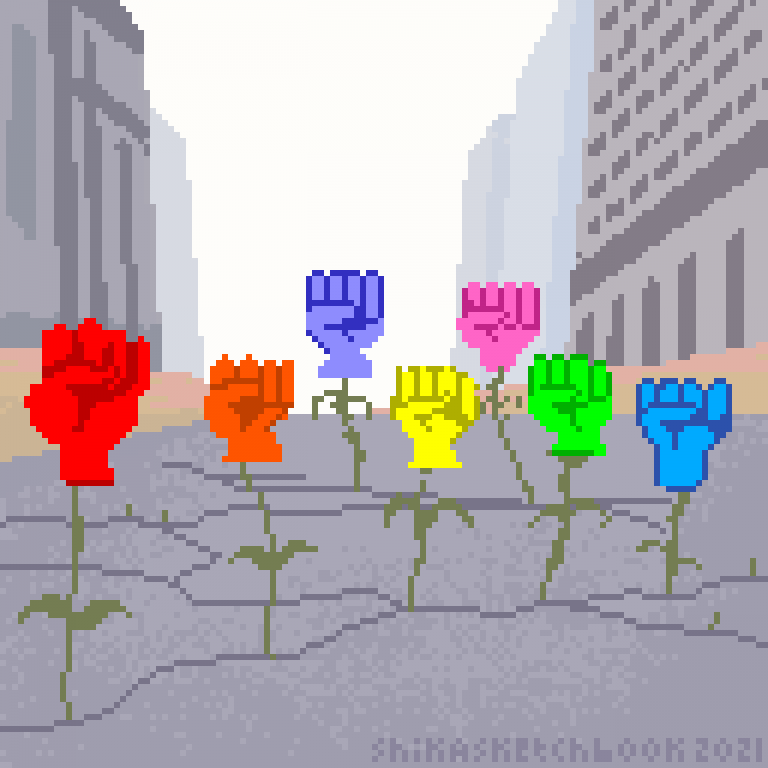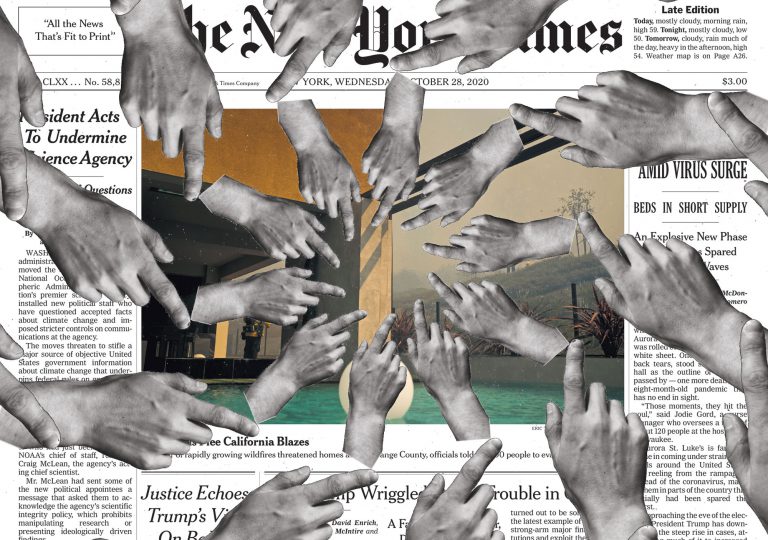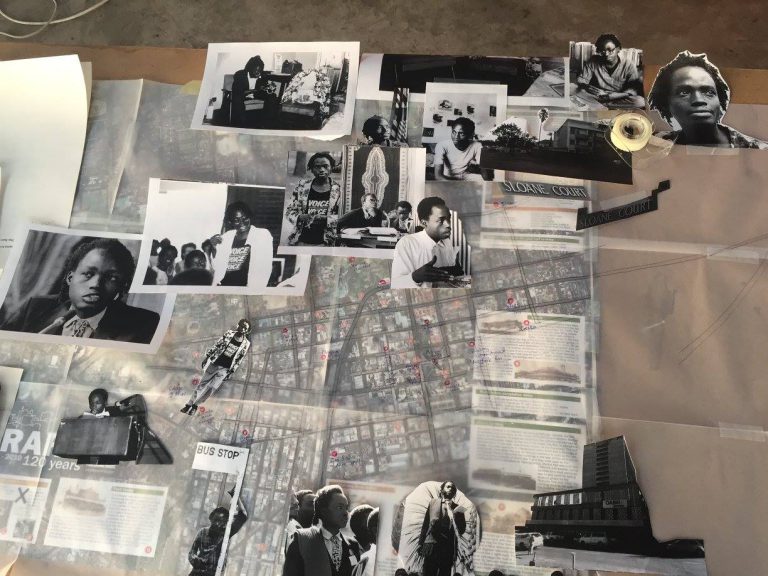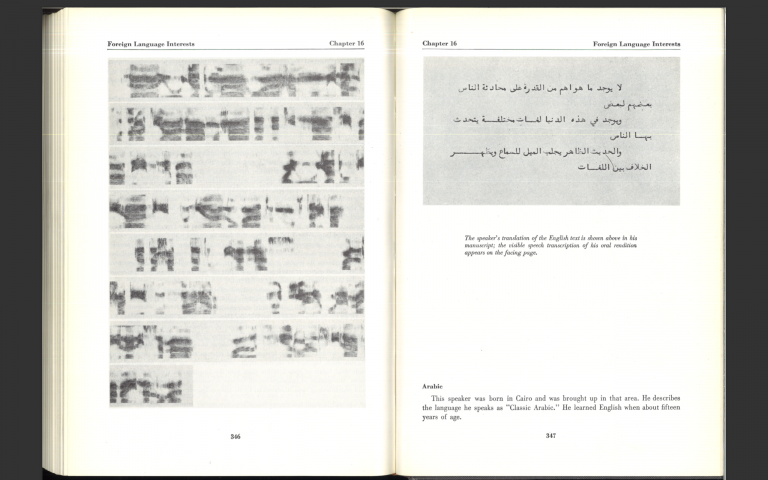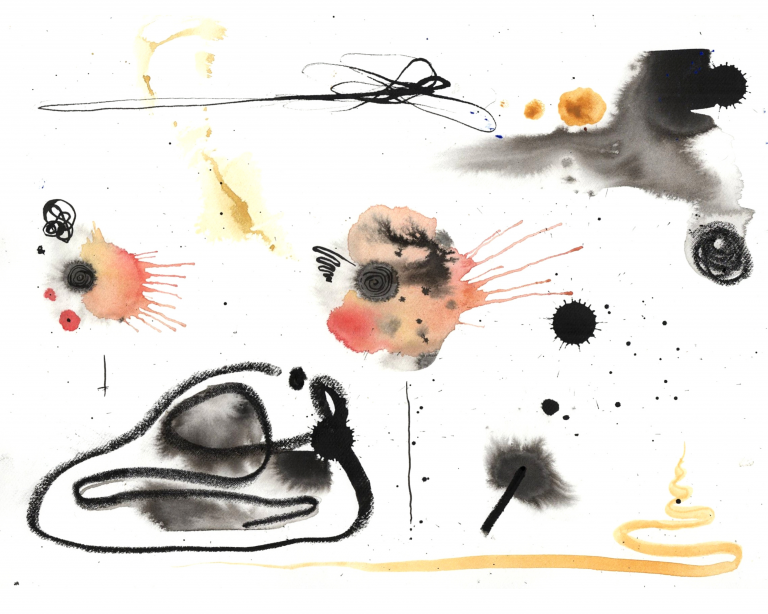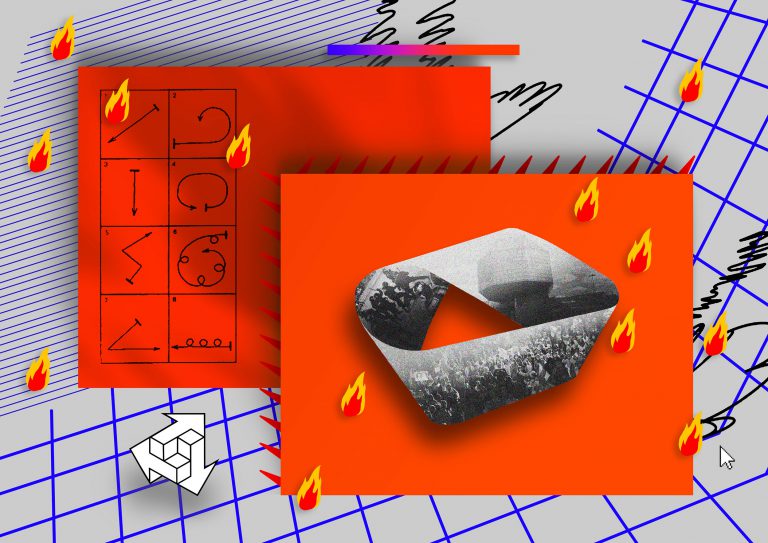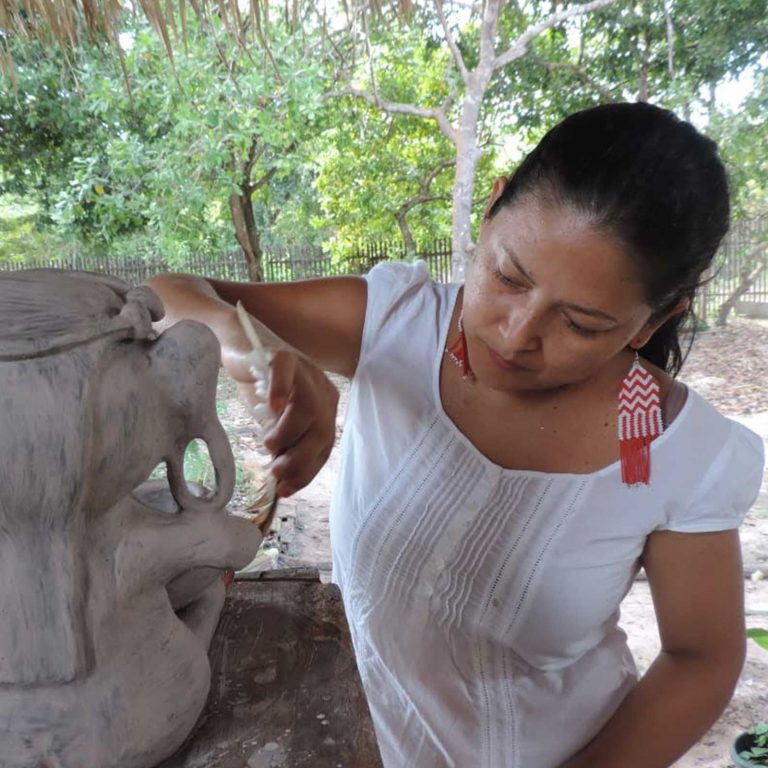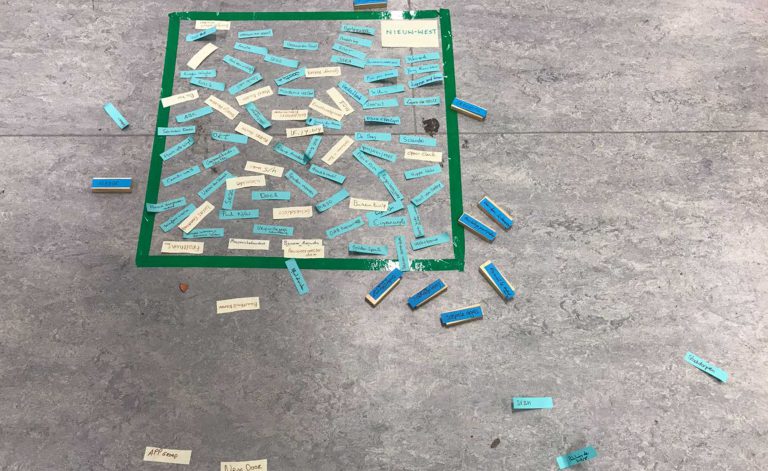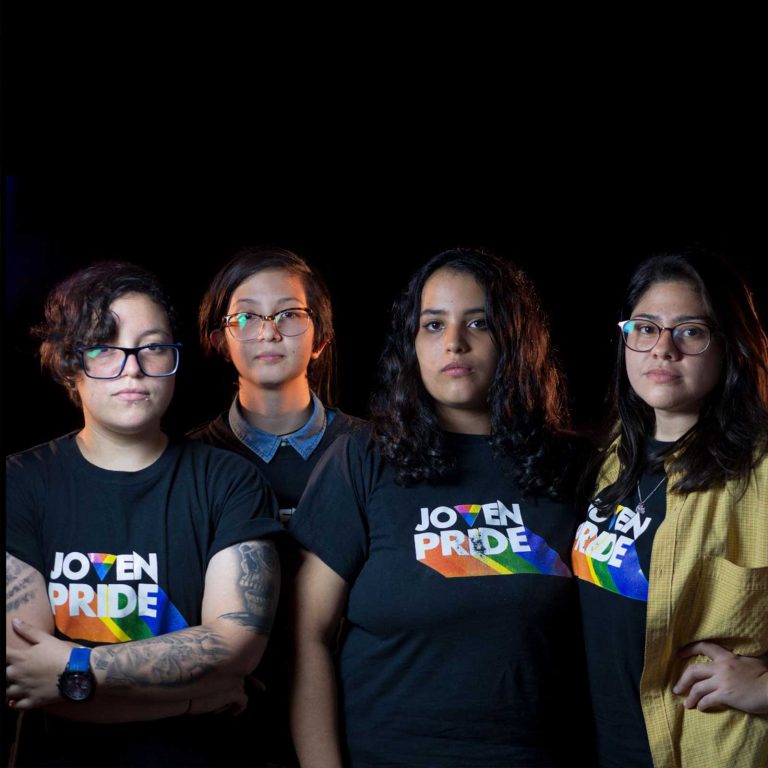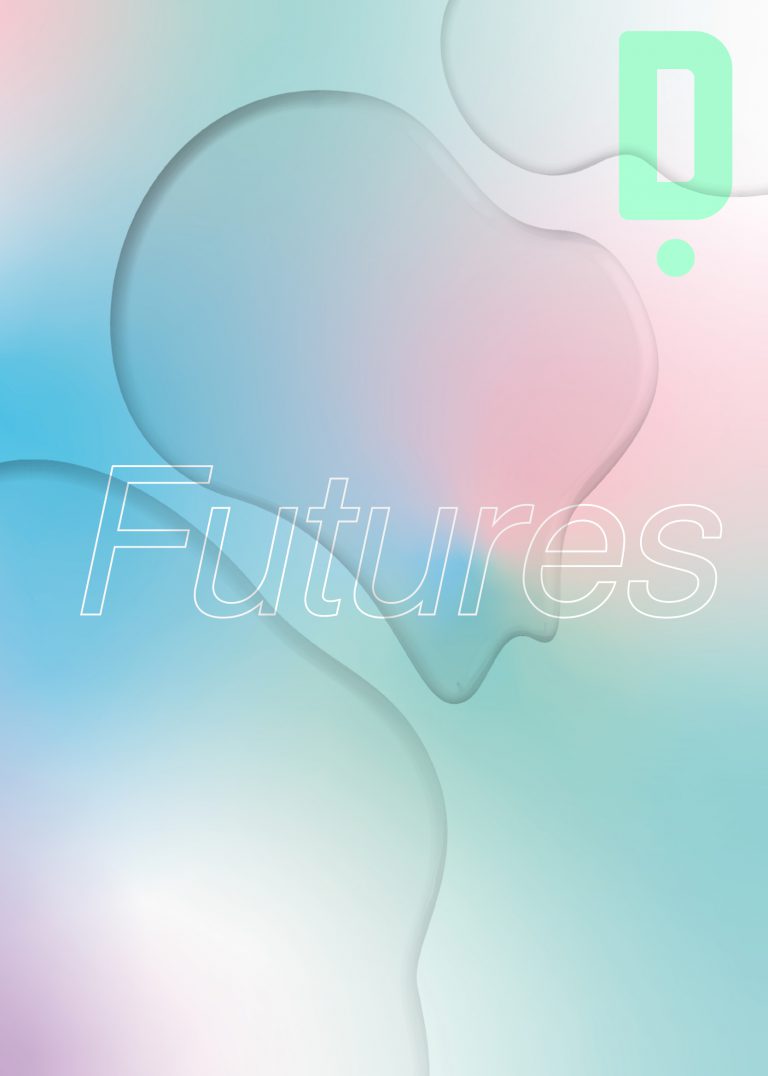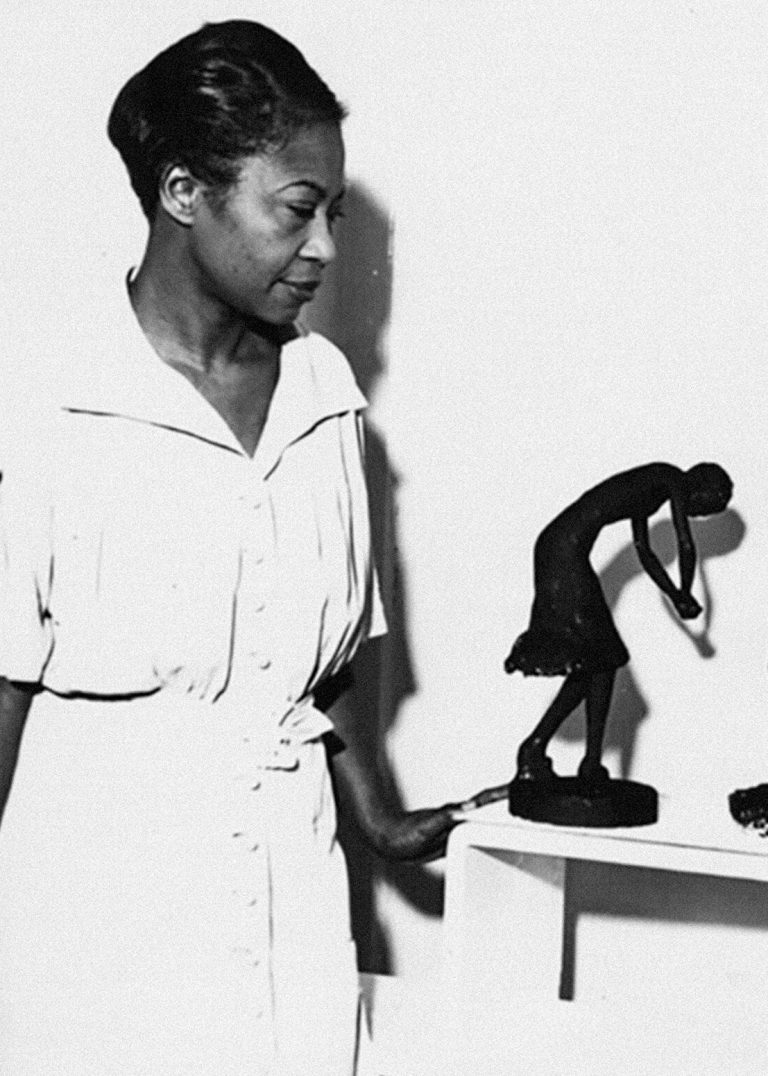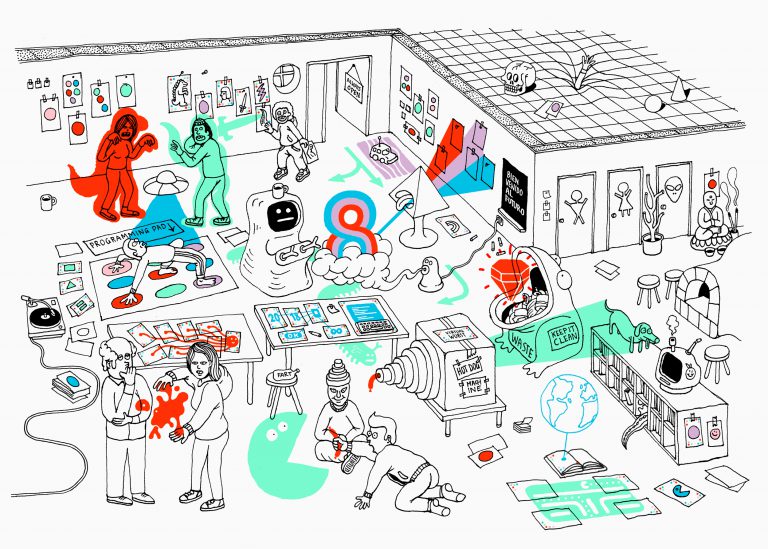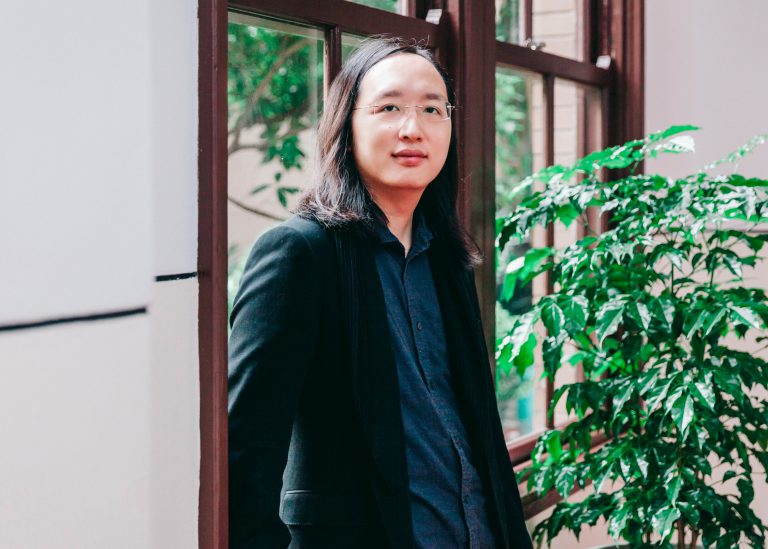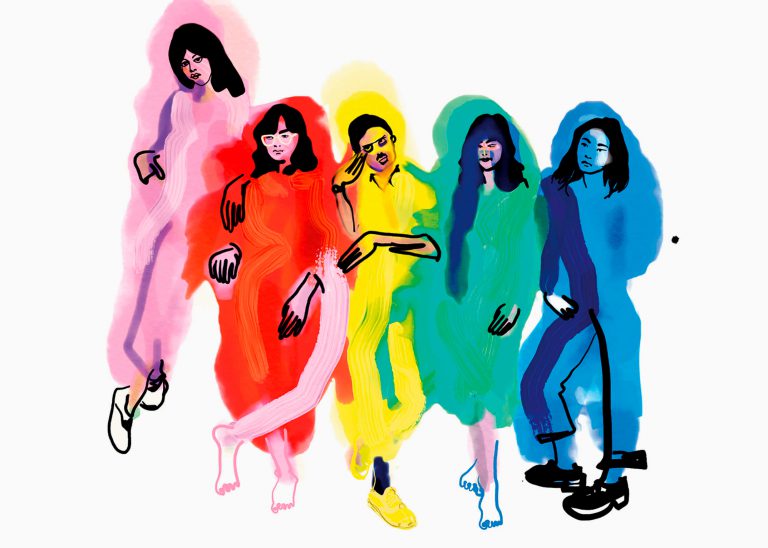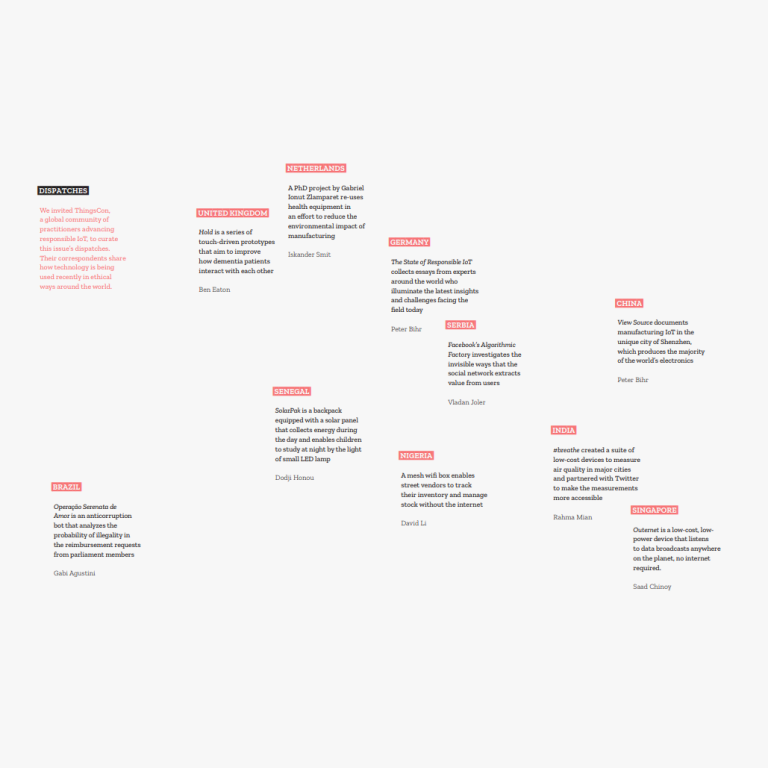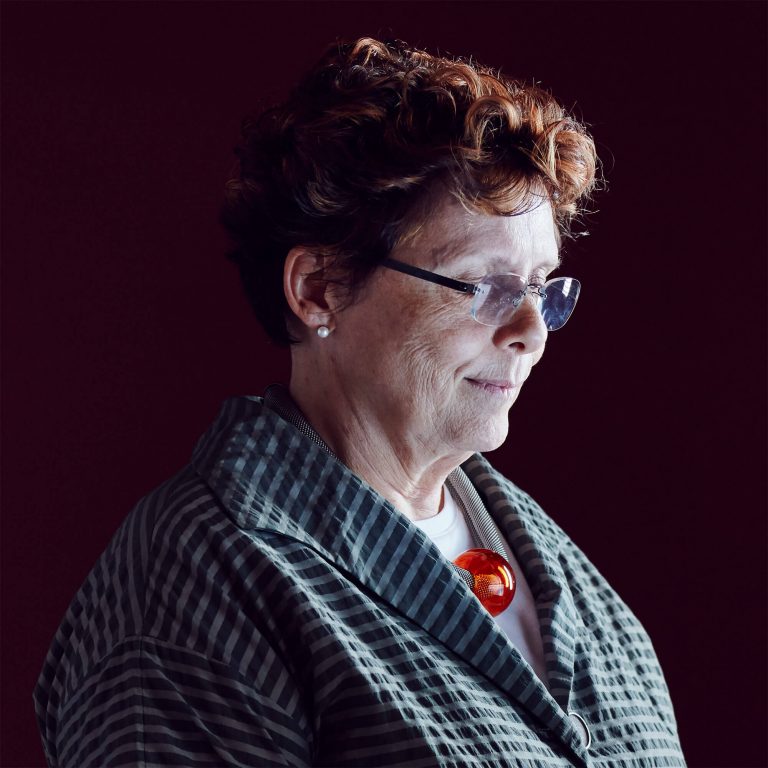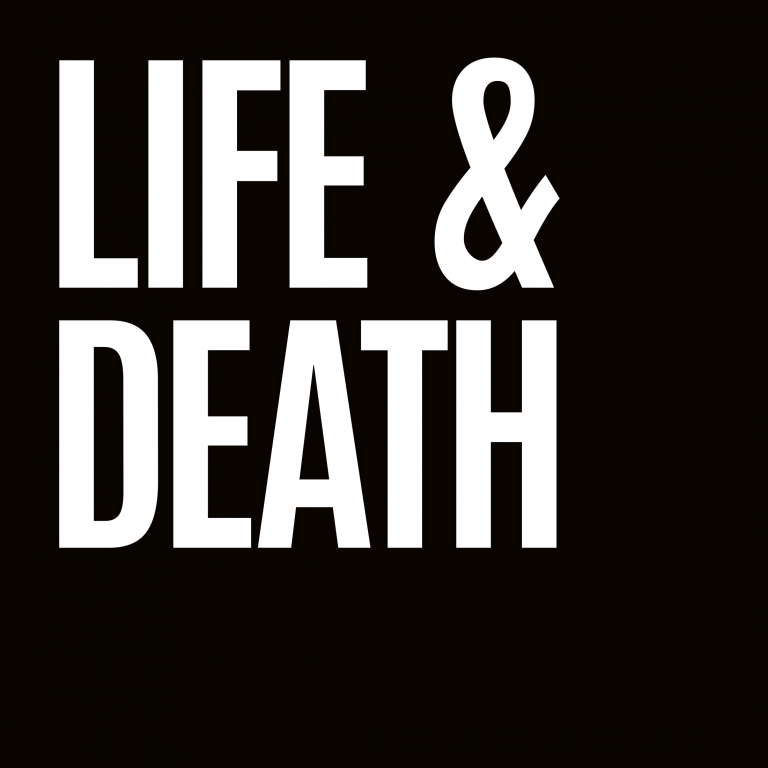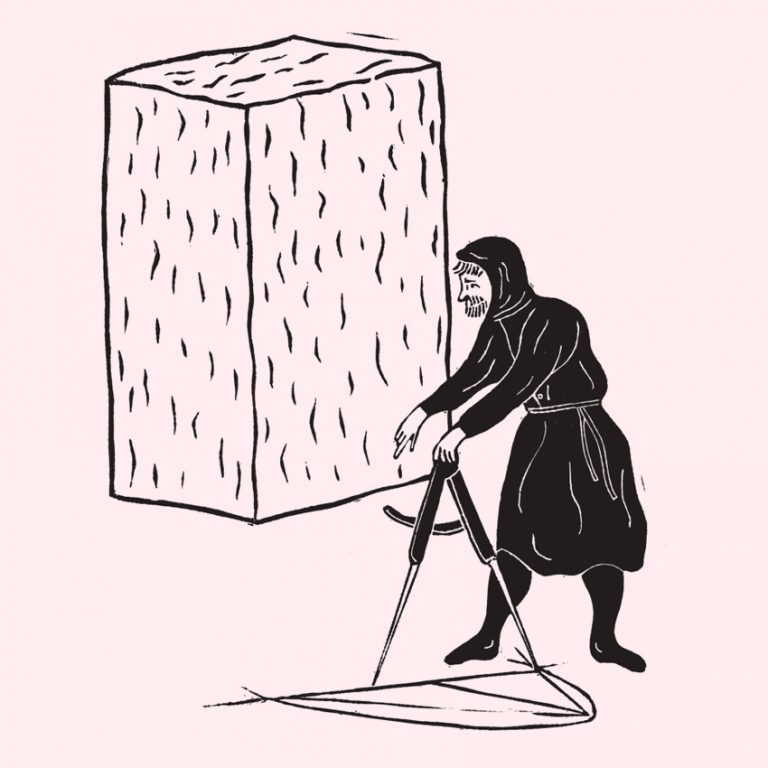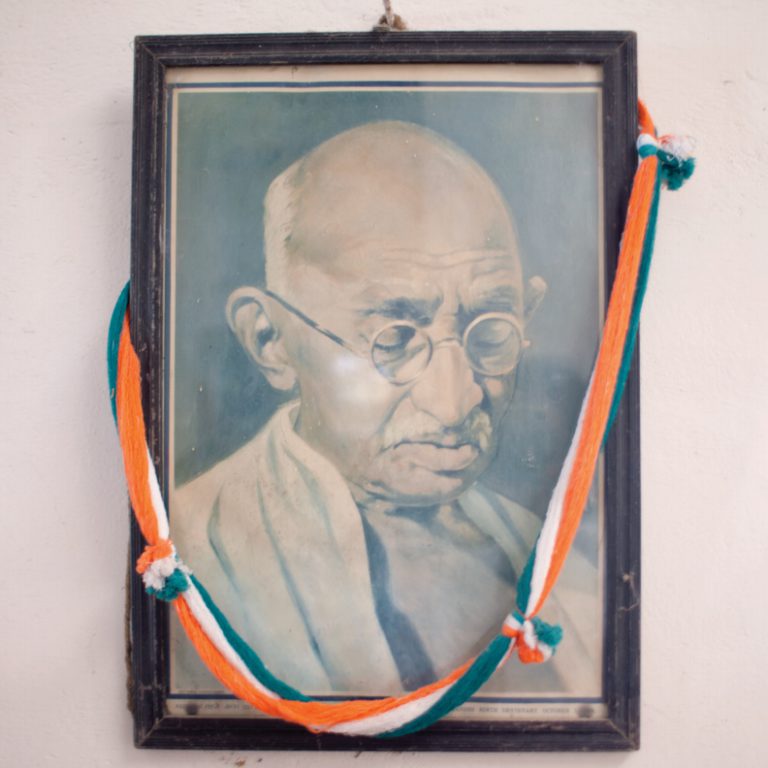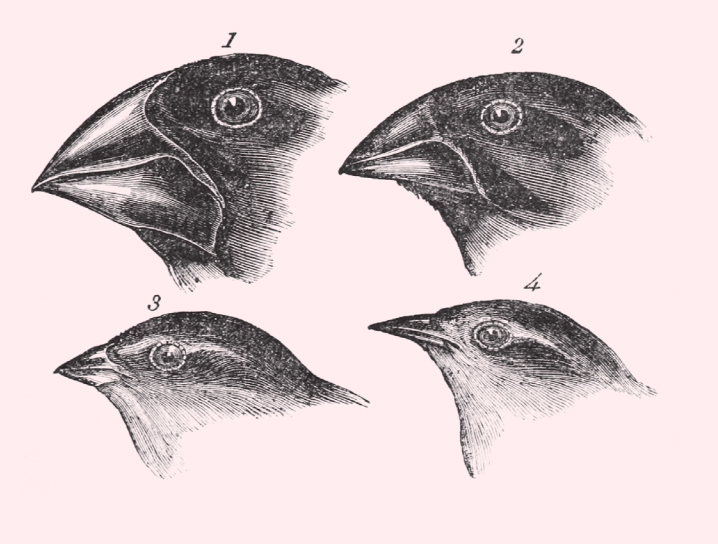

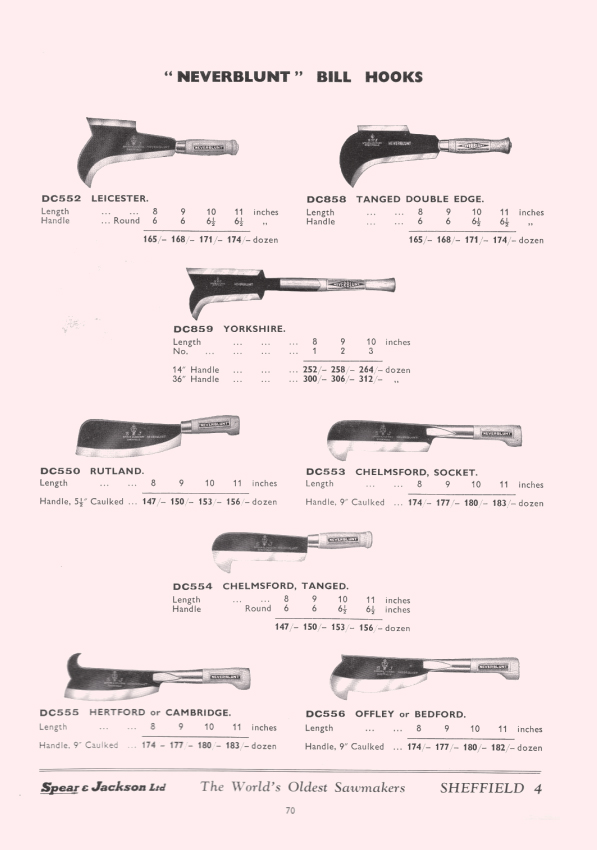
Interestingly, this is not a design innovation process. Rather than radically “rethinking” the production process or resulting solution, this system incrementally accrues the knowledge and skill to create handthought, not just handmade, artifacts. It empowers multiple communities of makers, not just a single designer, and it emphasizes the importance of local learning and knowledge. Arguably, this craft approach improves local resilience to change. For example, if the regional agricultural practices change slightly, there are the resources and knowledge to tweak the local tools accordingly. The power of this evolutionary craft approach, rather than design innovation, appears to have been recognized by the centralized, urban industrial manufacturers in the first half of the 20th century as they took over most of the UK’s agricultural tool production. Even sales catalogues in the 1970’s still list tens of billhook designs, often in multiple sizes, and still named after their regional heritage.
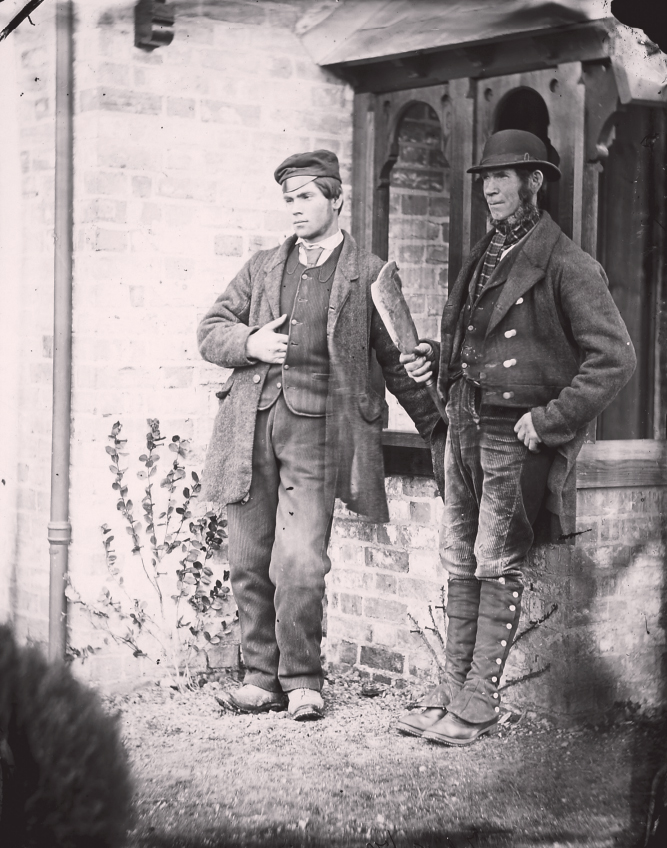
In conclusion, is this model of decentralized vernacular making of any relevance when considering the challenges of the 21st century internet and burgeoning field of IoT? Echoing Wallace’s call to recognize the complexities of individual lived experience, we are seeing how centralized Internet platforms are restricting and limiting the individual’s power to control and change the shape of their online lives. Major internet companies dominate our imagination for how we might interact online. What if, instead, there were more nuanced and poetic approaches?
I would promote similar aspirations for local communities being able to control their online lives. The billhook story provides a useful example of local production being independent of centralized systems. It is truly grounded in the needs of a local community and therefore facilitates the crafted evolution of artifacts and technologies that fit the specific needs of the context out of which they were born. There are significant challenges in developing this craft approach and grounding its ethos in real-world IoT projects, such as:

